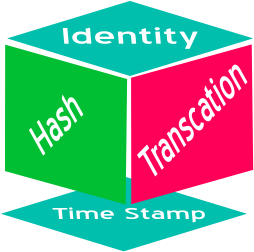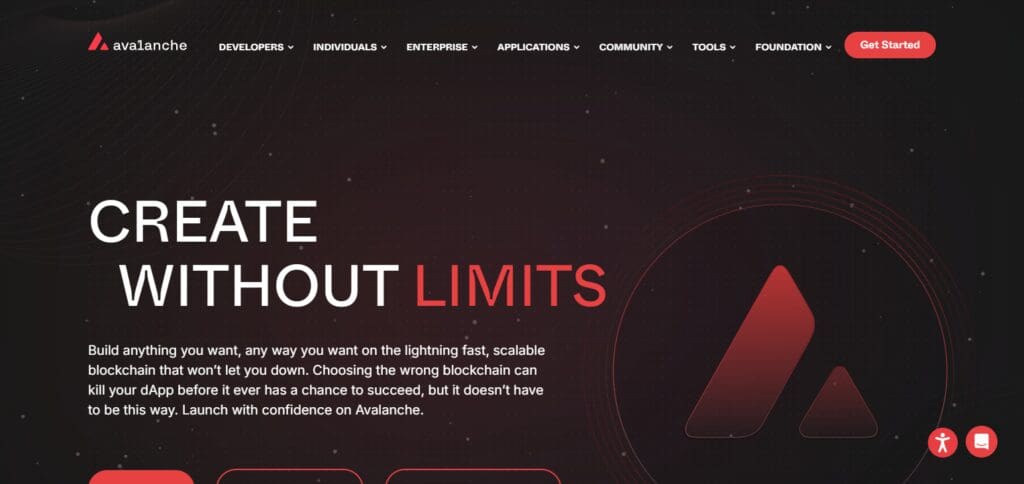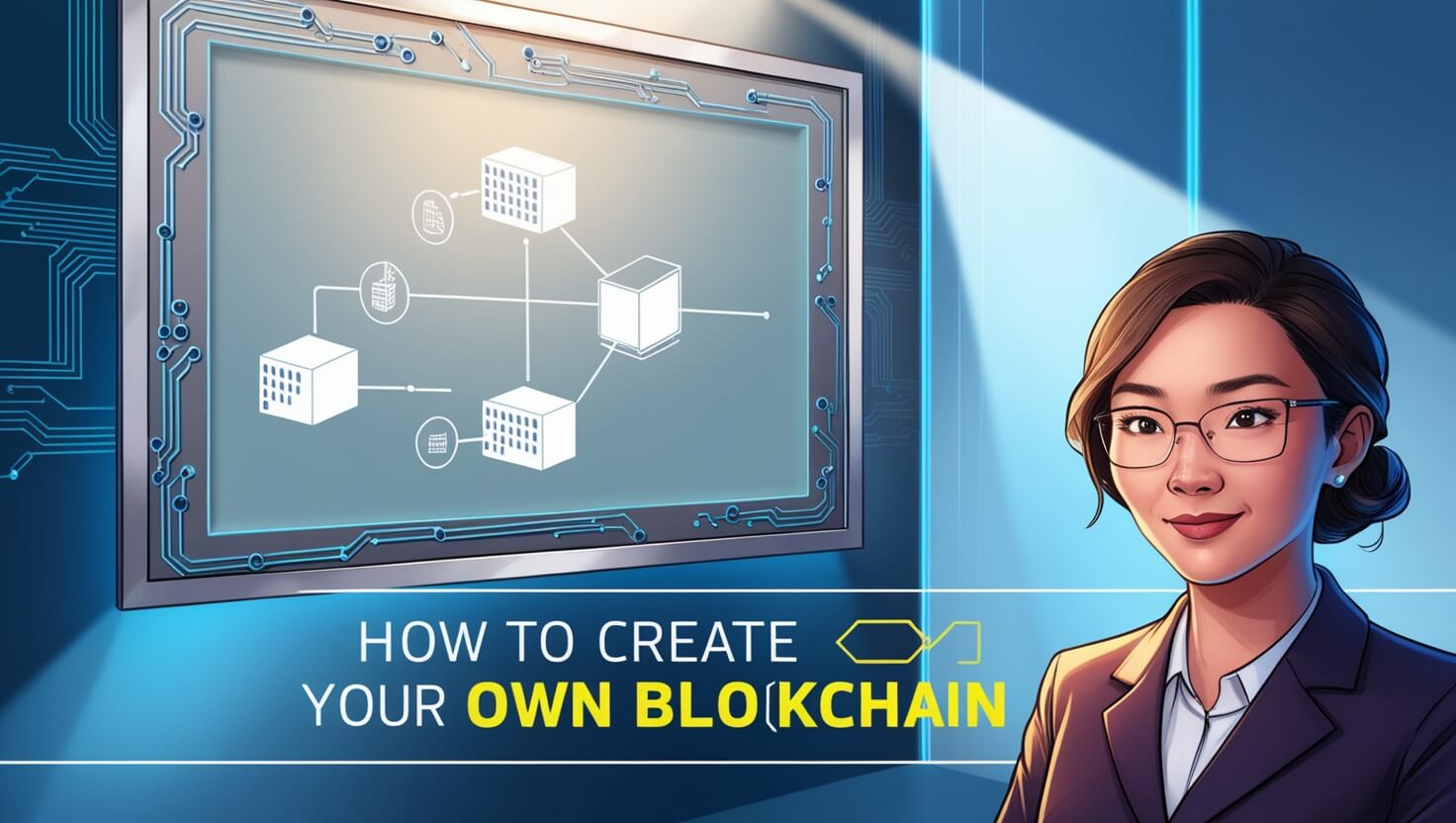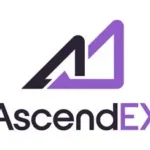In this article, I will talk about how to develop your own blockchain. The disruptive nature of blockchain technology has impacted many different industries due to its decentralized, secure, and transparent structure.
There are a number of steps needed to create a blockchain which include, that determining its purpose, selecting a consensus method, outlining the architecture, configuring the development environment and coding smart contracts.
These steps outline the processes involved and how to create a blockchain that serves your specific needs and objectives. Let’s examine every step closely to get a better grasp of the process.
What is Blockchain?
Blockchain is a form of technology which is based on large data ledgers that are distributed around the globe and allows transactions to happen on multiple computers at once with absolute safety.
There are several lists of transactions bundled into a block, and under the chain, a block gets permanently sealed. It is impossible to make changes to the block or erase it.

This provides all users with the opportunity to validate the information singularly, ensuring transparency, security, and full confidence in the system.
While blockchain is the backbone of cryptocurrency such as Bitcoin and Ethereum, its reliability and precision is of great usefulness for a wide scope of other industries, including financing, healthcare, and supply chain management.
How to Create Your Own Blockchain

Step 1. The Purpose
“We will develop KCoin as a digital currency that enables quick, safe, and decentralized transactions.”
Step 2: Choose a consensus algorithm
“Select Proof of Stake (PoS) to increase energy efficiency and decrease the time needed for transaction commits versus Proof of Work (PoW).
Step 3: Design Blockchain Architecture
To achieve this, your blockchain will create blocks consisting of: “Your blockchain will contain blocks which comprise:
- Transactions
- Their respective times
- The previous block’s hash
- The block’s validator (only applies for PoS)
Step 4: Start Coding Your Blockchain
Commence coding your blockchain with a programming language, for instance Python. A sample of a very simple blockchain in Python is given below.
Step 5: Networking
Develop a P2P network which allows nodes to communicate. Frameworks like Flask or libraries like ZeroMQ can be utilized to facilitate node communication.
Step 6: Create User Wallets
Create wallets for users consisting of a public and private key using current cryptographic libraries like RSA or ECC.
Step 7: Implement Smart Contract (Optional)
Implement smart contracts for certain transactions like token transfers or for dApps.
Step 8: Testing & Deploying
Test your blockchain locally by running it and checking transaction flow, block validation, and node synchronization.
Deploy to an online environment while ensuring code directories are safeguarded against potential threats.
Step 9: Establish nodes
Configure them as validators (nodes) for transaction processing in Proof of Stake (PoS) blockchains.
Other Place Where Create Your Own Blockchain
Avalanche
Avalanche is a platform which allows user to create their very own blockchain complete with customizable features so as to develop the ailment and governing of decentralised networks in the desired manner.

There is also very rapid scalability along with very low transaction costs within Avalanche which increases these features with great efficiency while building blockchains.
Avalanche also has an extremely advanced consensus which enables rapid and reliable operations of the blockchain by ensuring the speedy and decisive finality of transactions. With the use of Avalanche, developers have the freedom to design suites and implement performant blockchain solutions.
Polkadot
Polkadot is an advanced platform that allows users to build their own blockchain networks, known as parachains, which are capable of multi-chain communication and securely exchanging data.

What makes Polkadot unique is its interoperability, which allows different blockchains to function together effortlessly.
This advantage enables developers to build customized blockchains without losing the security and scalability offered by the Polkadot network, thus making it a great solution to decentralized applications.
What Are the Benefits of Using Blockchain?
Blockchain technology offers and can bring about positive change to many industries . Here are some of them:
Transparency
Participants in the blockchain can view all transactions, reducing the chances of fraud.
Security
Since blockchain uses sophisticated encryption methods to protect data, it is extremely tough to hack or modify.
Decentralization
Blockchains do not depend on a central leader; instead, its nodes work together and therefore do not have a central point of failure.
Immutability
Data regarding any transaction within a blockchain network is permanent, hence cannot be modified or deleted.
Efficiency
By cutting out middlemen and using automation, blockchain gets rid of tedious processes that were previously time consuming and ineffective.
Cost Reduction
By cutting out middle men, automating functions, and dealing directly with blockchain, businesses are free to conduct their operations at reduced expenditure.
Traceability
Blockchains’ ability to maintain a transparent and unmodifiable transaction record makes tracking the origin of goods and their movements much easier.
Smart Contracts
Execution and creation of self-executing contracts, have their terms of agreement coded into them are allowed by blockchains.
Improved Privacy
With Blockchain, participants can constrain the access given to their information’s privacy features. Ensuring that sensitive data is properly encrypted helps the system provide an improved level of privacy.
Trust
The Blockchain system fosters trust in participants because of its transparent and secure nature. This makes it useful in industries where trust plays an important role.
Blockchain Platforms and Applications to Know
- Bitcoin
- Ethereum
- Hyperledger Fabric
- EOS
- Chainlink
- Cardano
- Dogecoin (meme coin)
Blockchain Use Cases
The implementation of blockchain technology’s unique structure opens up endless possibilities across verticles. A few of them are elaborated below:
Financial Services: With blockchain, transactions can now be completed in a matter of minutes, making it more secure and eliminating the need for a third party in banking, payments and remittances. These include payments through borders and verified digital identities.
Supply Chain Management: There is more proof and transparency to the supply chains, thus enabling all the relevant parties to monitor the source and movement of goods with authenticity, thus reducing any possibility of fraud and deceit.
Healthcare: Blockchain technology can keep medical records in a secure manner that is shared amongst different parties, resulting in a high level of patient confidentiality, data accuracy and tracking of pharmaceuticals for any counterfeit drugs.
Real Estate: With blockchain technology, property transactions are simplified through an open record of ownership that cannot be altered. This reduces fraudulent behavior and maximizes the ease of transferring the real estate property.
Voting Systems: Blockchain technology guarantees the safety and transparency of the votes. It also ensures fewer fraudulent activities in elections and enables accurate monitoring.
Intellectual Property: The rights to an individual’s intellectual property can now be secured through blockchain to an unchangeable account of ownership and licensing agreements.
Digital Identity: With blockchain, people can have autonomy over their online identity. They can share any personal information and have their identity verified without any reliance on central authorities.
Energy Management: Consumers can trade their surplus energy directly with other consumers, facilitating the utilization of renewable energy sources through Blockchain’s peer-to-peer energy trading.
Gaming: Players will be able to buy, trade, and sell in-game items without fear of losing them because in-game assets can be secured with Blockchain technology.
Charity and Non-profit: Charitable contributions can be tracked using Blockchain technology, ensuring that all funds allocated to a charity are used for their intended purpose.
Pros & Cons
Pros:
Customization: The blockchain can be specifically designed to suit the project requirements.
Control: Ownership of the network, its control, governance, and its protocols lies solely with the creator.
Security: The cryptographic security can be taken to the next level with additional features and protocols.
Innovation: Innovating and enhancing the existing features along with developing new applications is possible.
Decentralization: The needs of third parties are diminished which in turn enhances self-governance.
Cons:
Complexity: Building and operating a blockchain comes with a hefty price of requiring a specialized skill set.
Cost: Expenditure for developing, implementing and operating the system is noted to be quite high.
Scalability: Regarding the accommodating of numerous transactions, the network faced issues scaling.
Energy Consumption: There is a case of consuming high amounts of energy in these ecosystems, and this is accentuated in proof of work blockchains.
Regulatory Uncertainty: Rules and regulations are everchanging making compliance difficult.
Conclusion
To sum up, building a blockchain from scratch is a complex task that requires a well thought out plan, technical skills, and continuous development. Setting an explicit aim for your blockchain, selecting an appropriate consensus model, and outlining a purposeful structure are some of the initial steps that set a positive tone.
Setting a proper development environment, writing the necessary codes, and designing smart contracts are important parts in realizing your imagination. Testing and bug fixing makes sure your blockchain is stable and safe, while the deployment of the blockchain to a node network enables decentralization.
There are constant changes and developement in technologies so additional work on maintenance and improvements of the blockchain is needed. If executed correctly, a blockchain can be implemented to solve specific problems and enhance the towering world of decentralized systems and technologies.










